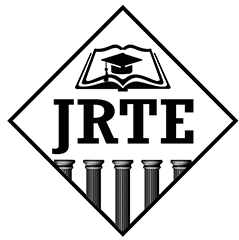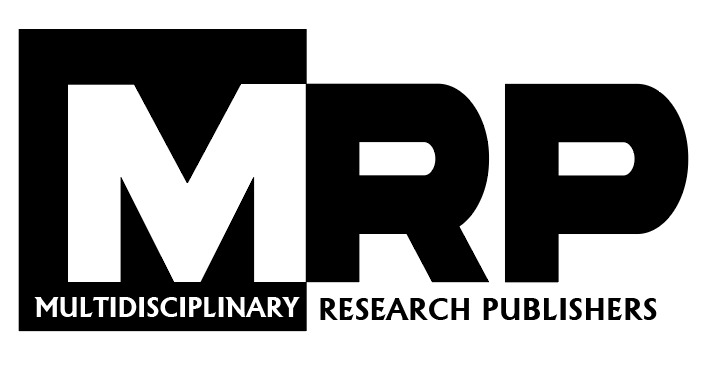Downloads
The incorporation of bioactive compounds into dairy products has gained increasing attention due to their potential health benefits, including antioxidant, anti-inflammatory, and disease-preventive properties. However, many of these compounds, such as probiotics, vitamins, minerals, enzymes, and omega-3 fatty acids, are highly unstable under adverse processing and storage conditions. Encapsulation has emerged as a promising technology to protect these sensitive compounds, enhance their bioavailability, and enable controlled release in the gastrointestinal tract. This review discusses the major types of encapsulation methods, physical, chemical, and emerging techniques, and their applications in various dairy products such as milk, yoghurt, cheese, and frozen desserts. Encapsulation not only improves the functional and sensory attributes of dairy products but also supports the development of novel value-added foods that meet consumer demand for health-oriented products. Despite these advantages, several challenges remain, including scalability, high processing costs, regulatory concerns, and consumer acceptance, particularly in relation to nanotechnology and allergenic carriers. Future research should focus on optimizing encapsulation materials, advancing sustainable and plant-based alternatives, and addressing industrial-scale feasibility. Overall, encapsulation represents a vital strategy for enhancing the nutritional and functional quality of dairy products while meeting the growing demand for functional foods.
Written by JRTE
ISSN
2714-1837
| M | T | W | T | F | S | S |
|---|---|---|---|---|---|---|
| 1 | 2 | 3 | 4 | 5 | ||
| 6 | 7 | 8 | 9 | 10 | 11 | 12 |
| 13 | 14 | 15 | 16 | 17 | 18 | 19 |
| 20 | 21 | 22 | 23 | 24 | 25 | 26 |
| 27 | 28 | 29 | 30 | 31 | ||
Our Visitors






 Users Today : 59
Users Today : 59 Total Users : 42817
Total Users : 42817 Views Today : 81
Views Today : 81 Total views : 105300
Total views : 105300 Who's Online : 1
Who's Online : 1 Your IP Address : 216.73.216.46
Your IP Address : 216.73.216.46

